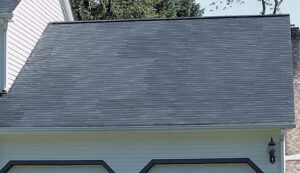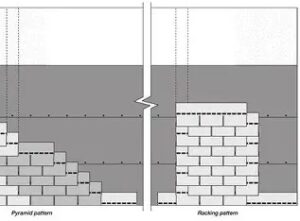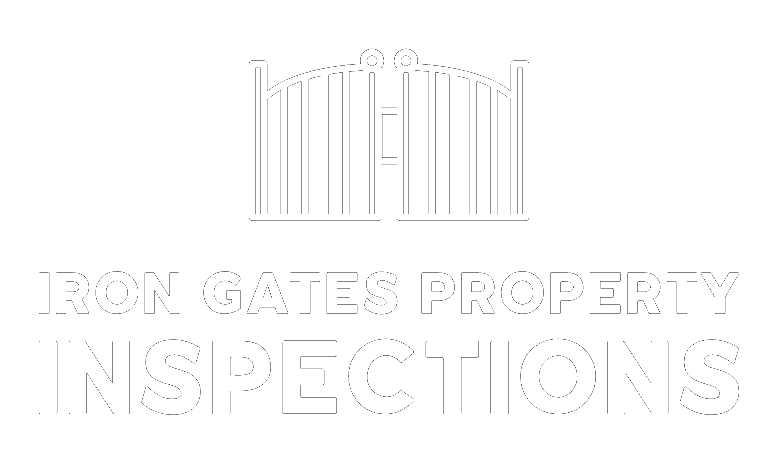You should not install architectural shingles using the racking method. While some older, 3-tab shingles might have been installed this way in the past, almost all major manufacturers of modern architectural shingles explicitly advise against it. They recommend a “stair-step” or “random” installation method instead.
Here’s a breakdown of why the racking method is a poor choice for architectural shingles:
1. Aesthetic Problems (Visible “Racing Stripes”)

Architectural shingles get their dimensional look from variations in color and thickness across each shingle. Manufacturers blend shingles from different bundles to ensure a uniform appearance across the entire roof. When you install shingles by racking, you are essentially creating a vertical column of shingles from a single bundle. This often results in a distinct, unappealing striped or “shadowing” pattern on the roof, which looks unprofessional and is not what the homeowner paid for. The proper stair-step method naturally mixes shingles from different bundles, creating a more uniform and blended look.
2. Reduced Wind Resistance and Leaks
The primary waterproofing of a roof depends on the proper staggering of shingles to prevent water from penetrating through joints. The racking method can lead to:

- Aligned Joints: Racking often results in the vertical joints of shingles aligning every other course, creating a direct vertical path for water to travel, increasing the risk of leaks.
- Missing Fasteners: To install a shingle using the racking method, installers sometimes have to leave a nail out of the adjacent shingle so they can slide the new shingle underneath. This “blind nail” is supposed to be added later, but it is often missed, which can significantly reduce the shingle’s wind resistance.
- Shingle Damage: Bending a shingle to get the last nail in, especially in cold weather, can cause stress cracks that lead to premature shingle failure.
3. Warranty Issues
Most major shingle manufacturers, including IKO, Owens Corning, and GAF, state in their installation instructions that the racking method is not the recommended or preferred way to install their architectural shingles. While they may not outright void the warranty on a manufacturing defect, they will not cover any problems or failures that are a direct result of improper installation methods. If you have a problem with leaks or wind damage, and it’s determined that the racking method was used, the manufacturer will likely deny your claim.
In conclusion, while the racking method may seem faster to a contractor, the long-term risks to a roof’s integrity, appearance, and warranty are too great. The proper stair-step or random installation method is the industry standard and the only one that ensures a durable and aesthetically pleasing result.
